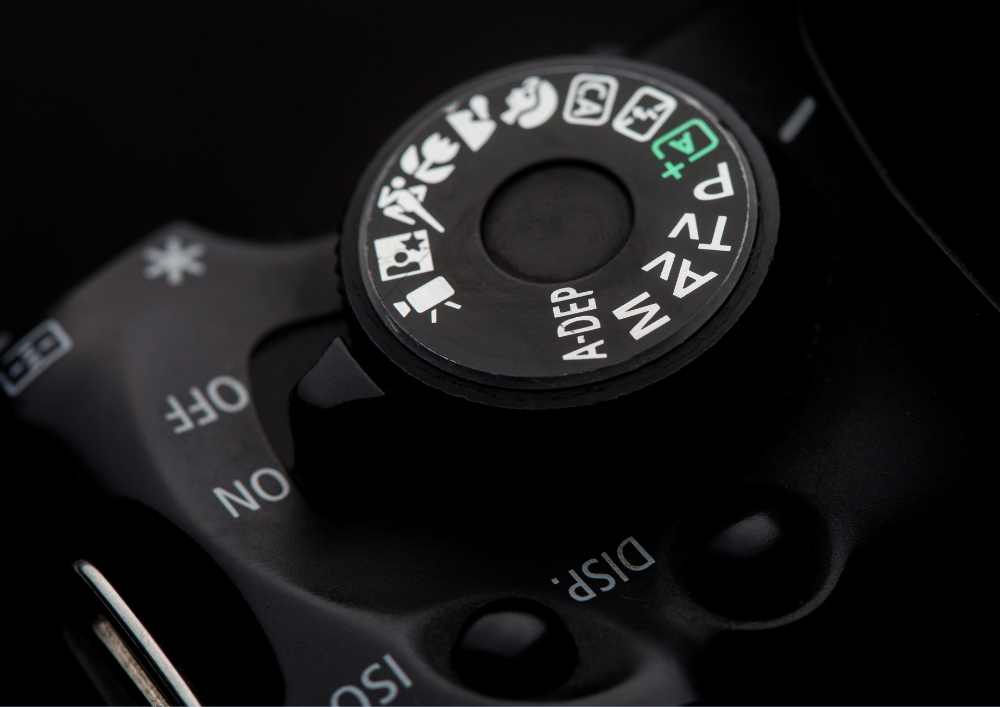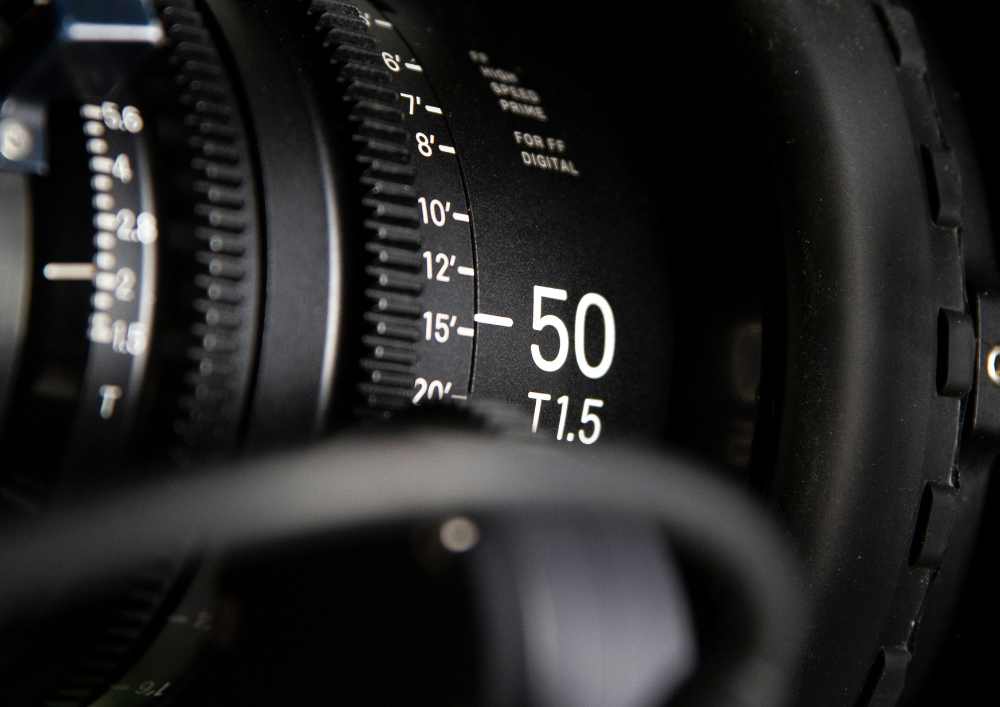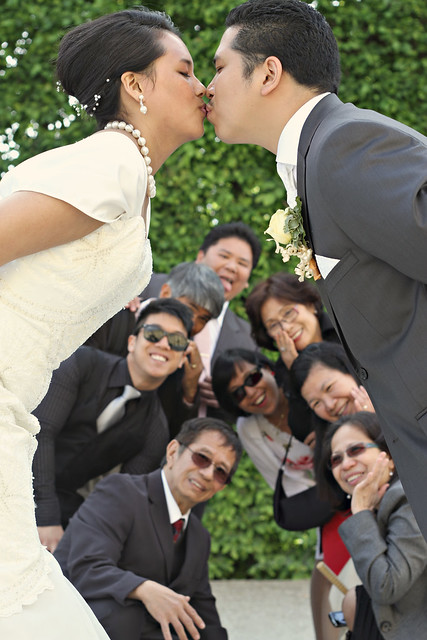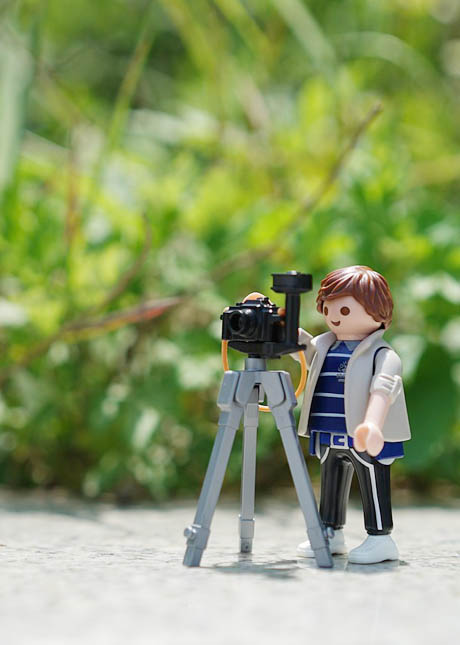
Photography has its own set of jargon and technical terms that can be important to understand for both beginners and enthusiasts. Here’s a list of some basic photography jargon and technical words:
- Aperture: The opening in the lens through which light passes. It is represented by f-numbers (e.g., f/2.8, f/16) and controls the depth of field.
- Shutter Speed: The amount of time the camera’s sensor or film is exposed to light. It’s measured in seconds or fractions of a second (e.g., 1/1000s, 2s).
- ISO: A measure of a camera’s sensitivity to light. Lower ISO values (e.g., ISO 100) are used in bright conditions, while higher values (e.g., ISO 1600) are used in low light.
- Exposure: The amount of light that reaches the camera’s sensor or film. It’s determined by the combination of aperture, shutter speed, and ISO.
- Shutter Release: The button or mechanism used to take a photo.
- Exposure Triangle: The relationship between aperture, shutter speed, and ISO in determining the exposure of an image.
- Depth of Field: The range of distances in a photograph that appear sharp. A shallow depth of field has a limited range of focus, while a deep depth of field has a broader range.
- Bokeh: The aesthetic quality of the out-of-focus areas in a photograph, often characterized by creamy or soft backgrounds.
- White Balance: The adjustment of colors to appear natural under different lighting conditions.
- Histogram: A graphical representation of the tonal distribution in an image, helping to evaluate exposure.
- RAW: A file format that stores unprocessed image data, allowing for more extensive post-processing.
- JPEG: A compressed image file format commonly used for sharing photos due to its smaller file size.
- Focal Length: The distance from the lens to the image sensor or film plane. It affects the field of view and magnification of the image.

Photography 101-Basics and Jargon : what are the numbers on your lens? - Lens: The glass or optical element on a camera that focuses light onto the sensor or film.
- Prime Lens: A lens with a fixed focal length, as opposed to a zoom lens.
- Zoom Lens: A lens with a variable focal length, allowing for zooming in and out.
- Exposure Compensation: The adjustment of exposure settings to make an image brighter or darker than the camera’s automatic metering suggests.
- Bracketing: Taking multiple shots of the same scene with varying exposure settings for later merging or selection.
- Composition: The arrangement of elements within a photograph, including framing, balance, and visual flow.
- Rule of Thirds: A guideline for composing images by dividing the frame into thirds both horizontally and vertically, with key elements placed at the intersections.
- Leading Lines: Lines within a photograph that draw the viewer’s eye to a specific focal point.
- Histogram: A graphical representation of the distribution of tones in an image, from shadows to highlights.
- Crop Factor: A factor used to calculate the effective focal length of a lens on a camera with a sensor size different from full-frame.
- Exposure Meter: A built-in or handheld device that measures the amount of light in a scene to help set proper exposure.
- Burst Mode: A mode that allows a camera to capture multiple images in quick succession, useful for action or sports photography.
These are some of the basic terms in photography, but there are many more technical words and concepts to explore as you delve deeper into the art and science of photography.







